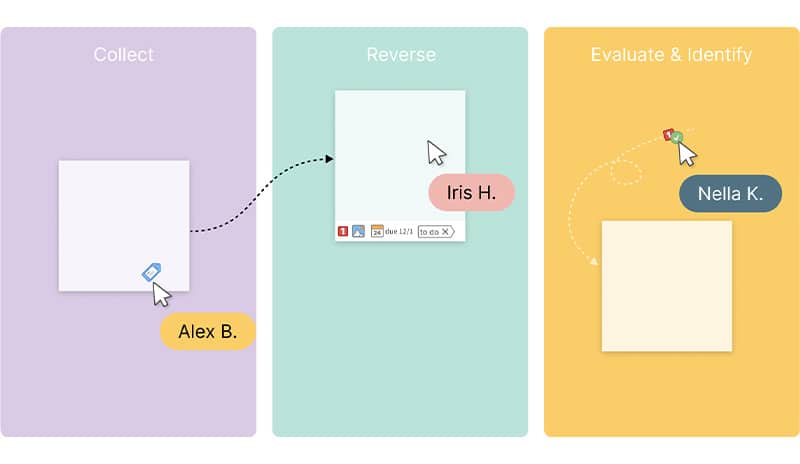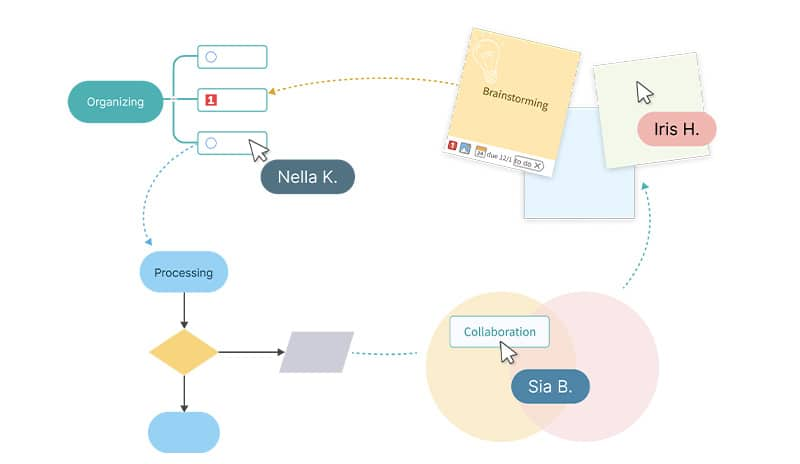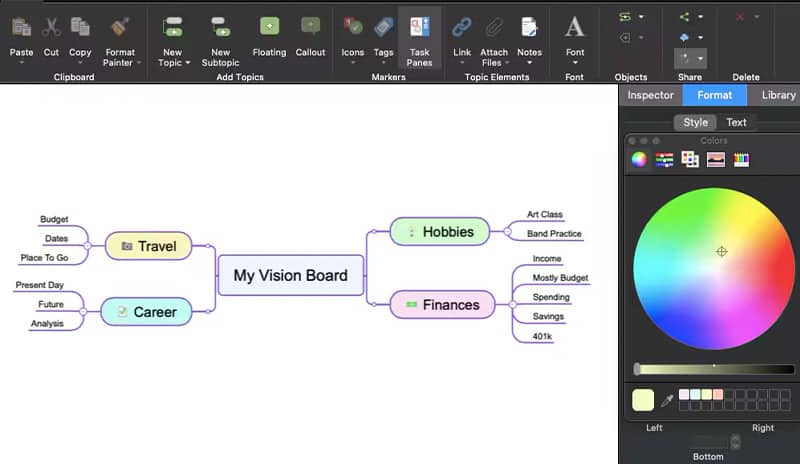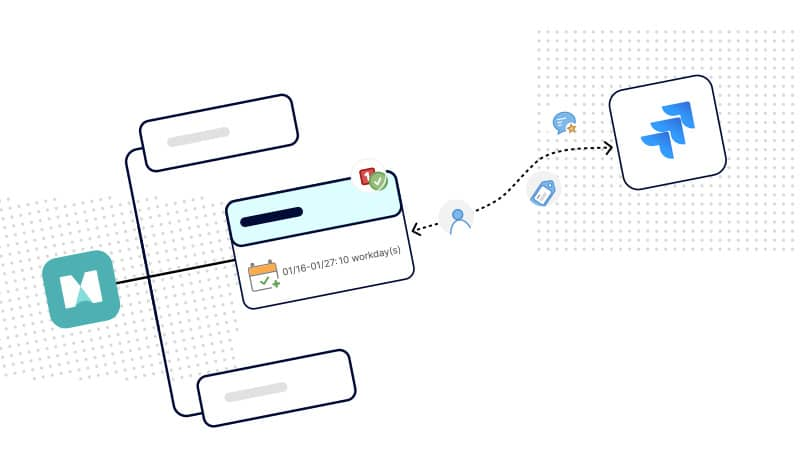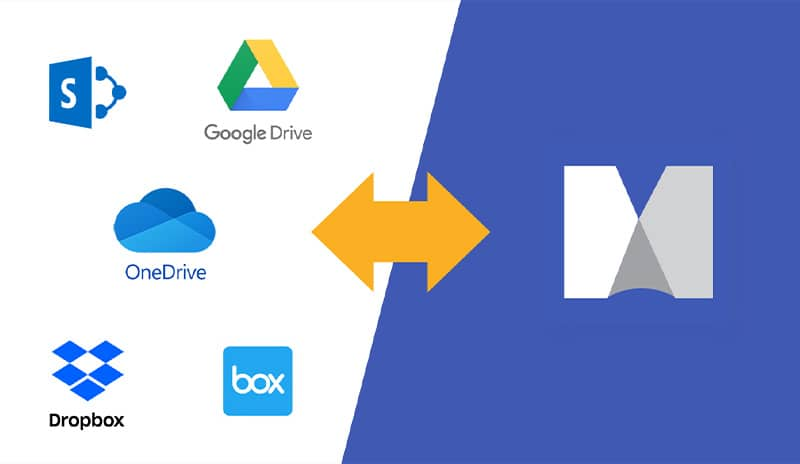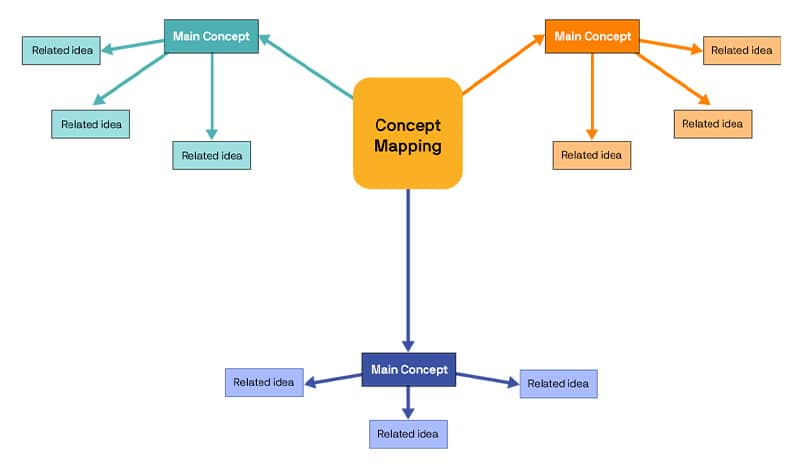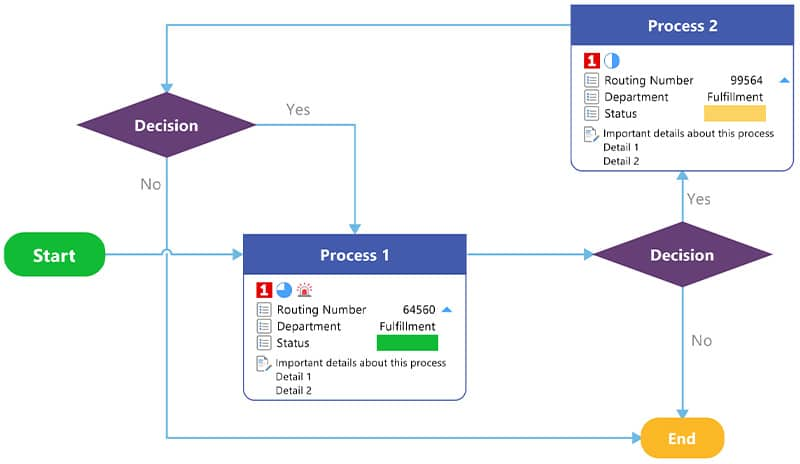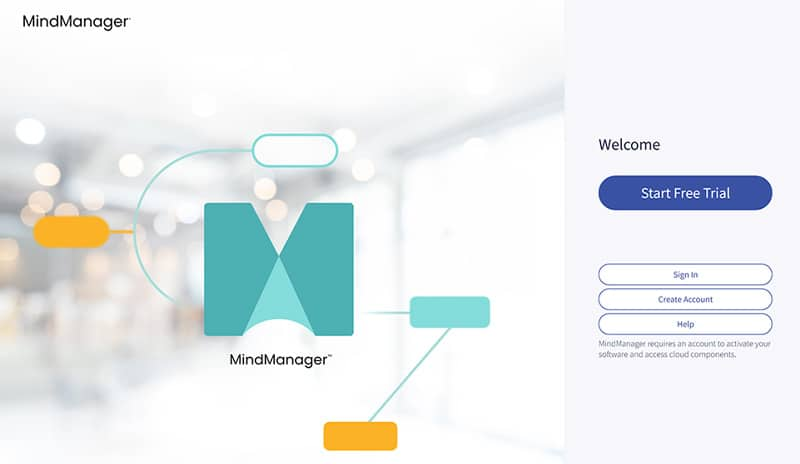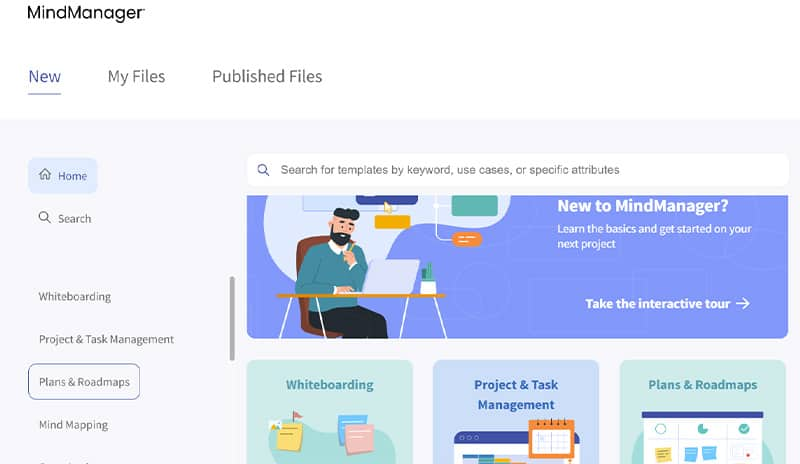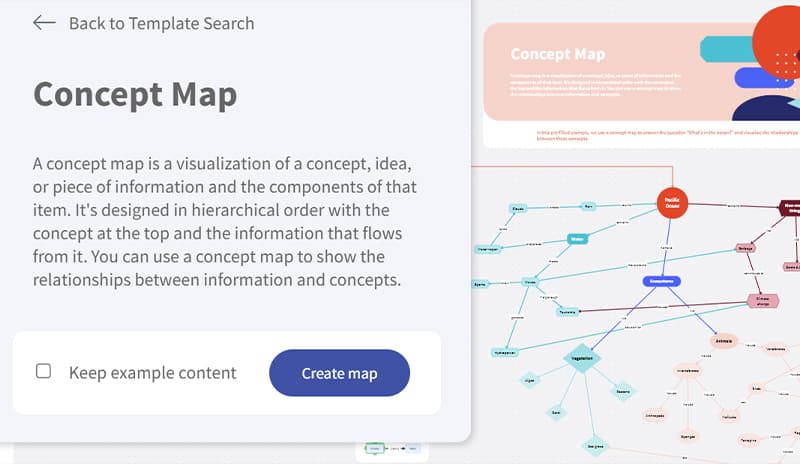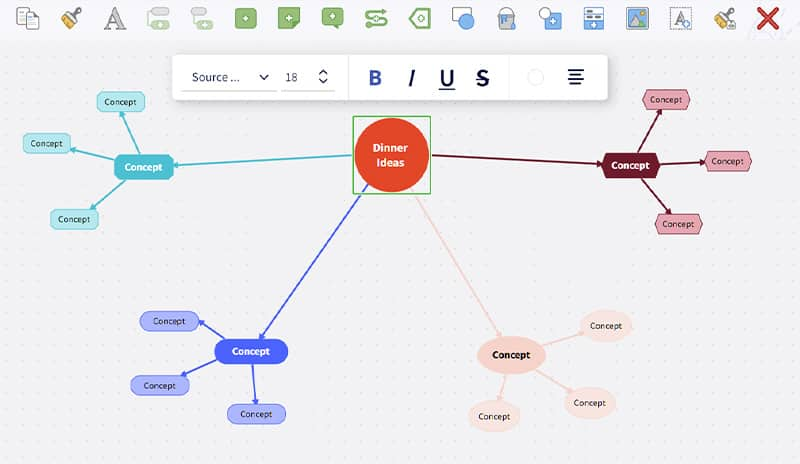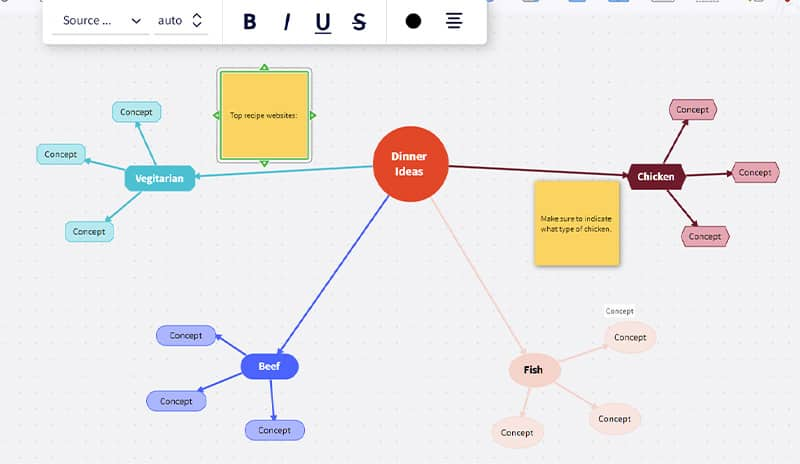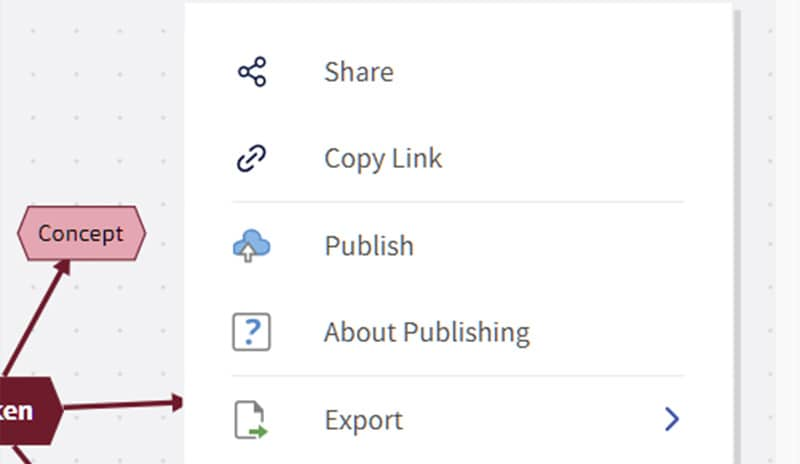Concept maps visually organize ideas and concepts, helping you solve problems, create plans, and brainstorm new ideas.
MindManager makes creating and customizing digital concept maps a cinch. Use our digital whiteboard to add notes and images, adjust colors, attach documents, and so much more.
Use our digital version of Post-it® notes to highlight great ideas, include definitions, or add context to any part of your concept map.
See sticky notesAdjustable permissions make it easy to share your concept map with your whole team or just a favorite few.
Use pre-designed concept map templates or create your own with easy-to-create nodes, links, and crosslinks.
See templates
Features like tasks, tags, and our Jira integration* make it easy to turn concept maps into project plans.
*Available separately as a paid add-on
Connect to your favorite platforms, including Jira, Dropbox, and OneDrive.
See integrations“The concept of using maps to organize a project is helpful to give a detailed visual understanding of the concepts involved.”
See review“Been using MindManager for eight years and it's invaluable.”
See review“Best of all time mind mapping application.”
See reviewSpider diagrams are a type of concept map that looks like a spider web. Your main idea or focus question goes in the center, with topics branching out radially.
Spider maps work best when exploring various facets of one central concept.
See spider diagram templateUse a flowchart to create a visual representation of a process or workflow. Flowcharts have a linear structure that naturally leads readers through the information step-by-step.
See flowchart templateConcept maps are a powerful tool for connecting concepts and keeping complex ideas organized and structured. Even better, creating them doesn't have to be complicated!
While the examples we used in our concept map are simple, concept maps can also become incredibly complex. Use concept maps to explore the cause of major issues, brainstorm new ideas, or plan your content calendar.
Concept maps have multiple uses, including brainstorming and organizing large data sets. Let's explore specific use cases where your team might find them helpful.
MANE is a leading flavor and fragrance company. They use MindManager maps to share information prior to finalization, thus making it possible for teams to focus on key project issues and to collaborate in a more interactive way.
See why MANE loves MindManagerReady to learn more about concept maps? Below, we've answered the most common questions about creating concept maps and how they work.
A concept map is a tool for visually showing how ideas and concepts relate to each other using a hierarchical structure. Nodes represent ideas, and links show the relationship between concepts or ideas.
Concept maps help keep ideas organized and structured, allowing you to see the big picture and understand the nuances of various topics. They are often used for brainstorming ideas, organizing complex concepts, and clearly illustrating complex relationships.
The three main components of a concept map are nodes, links, and crosslinks. Nodes represent the main ideas or concepts, with additional nodes added for new topics.
Links, sometimes called arcs, show how different concepts connect.
Crosslinks connect nodes on different hierarchical structures, for example, showing how a concept further from the main idea connects to another concept closer to the main idea.
Concept maps can be created manually, using paper or a physical whiteboard, or digitally using a tool like MindManager. Using a digital tool is convenient and doesn't require writing by hand—or making sure no one erases your whiteboard!
To create a concept map in MindManager, start with a concept map template. Then, add your main idea and related concepts. Use our tool to share ideas with your team, track brainstorming sessions, or better understand complex ideas like a product launch or marketing plan.
Create your first concept map with MindManager’s 30-day, fully featured free trial. Once your trial is complete, we have different options to fit your needs.
When you sign up, you gain access to concept maps, mind maps, digital whiteboards, and dozens of other templates you can use to brainstorm, plan projects, and present ideas. See MindManager pricing plans.
Ready to make complicated ideas easier to understand? With MindManager, creating and customizing concept maps is simple. Use it to plan your next project, organize massive amounts of data, or brainstorm with your department.
30-day fully functional free trial
